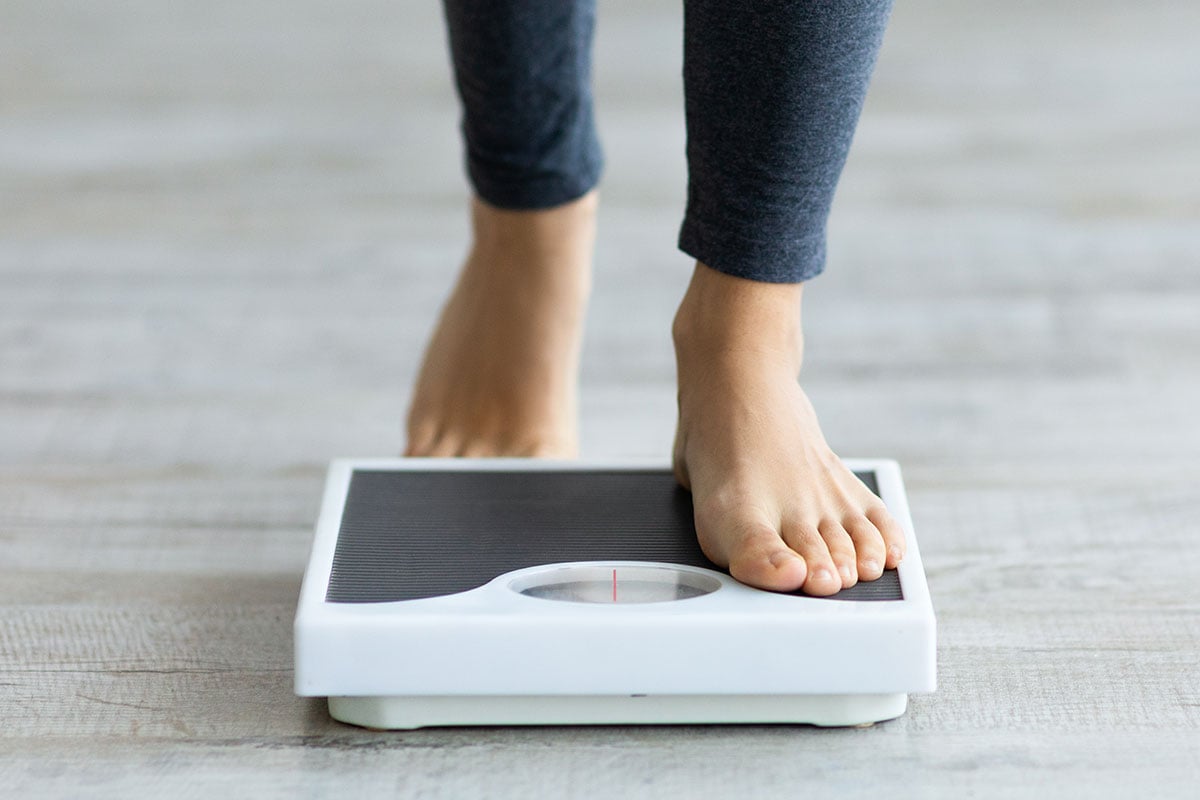
Men, you probably didn’t think much about your prostate when you were younger. But if you’re now experiencing problems with urination – increased frequency, urgency, or a weak stream – it’s time to improve your prostate’s health.
The prostate is part of the male reproductive system. It resides in a man’s body below the bladder and surrounds the urethra. When it’s working as it should, it weighs about 20 grams. Considering an ounce is 28 grams, the prostate weighs less than an ounce and is about the size of a walnut.
Around age 45, and for some unlucky guys even sooner, the prostate begins to grow. By the time a man reaches 80, the prostate could triple or even quadruple in size and weigh between 50 and 100 grams.
And, of course, this growth – BPH (benign prostatic hyperplasia) – is pretty uncomfortable and can cause embarrassing urinary problems.
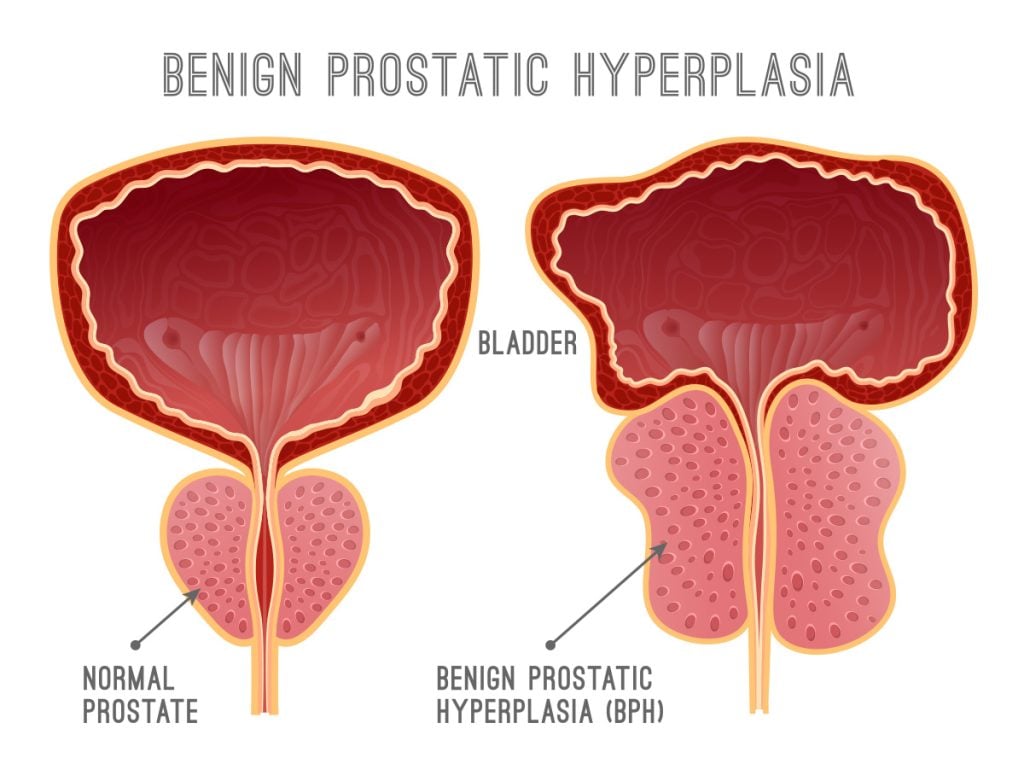
Symptoms of an Enlarged Prostate
The National Institutes of Health stresses that BPH is not cancer, and it doesn’t raise your risk for prostate cancer. (1) However, it can be highly inconvenient and uncomfortable.
Signs that you may have BPH include:
• Dribbling at the end of urination.
• An inability to start urinating.
• Inability to completely empty the bladder.
• Leaking urine by accident.
• Having to urinate more than twice a night.
• Slowed or delayed urinary stream.
• A weak urinary stream.
• Having to strain to urinate.
• Urge to urinate suddenly and intensely.
Once you face BPH, you’ll want to fix it as quickly as possible. And statistics show if it hasn’t hit you yet, it will eventually. 90% of men will, at some point, experience the condition. (2)
So that was a lot of bad news…
But here’s the upshot, although BPH cannot be completely cured, its symptoms can be easily managed.
Most men can alleviate their symptoms through lifestyle changes, prescriptions, and herbal remedies.
Here are five ways to promote better prostate health and help reduce enlarged prostate symptoms.
1. Eat Plant-Based (mostly)

The quality of your diet can have a massive impact on the health of your prostate. Eating primarily plant-based food provides antioxidants and anti-inflammatory nutrients needed to support a healthy prostate. Mushrooms, tomatoes, cruciferous vegetables, berries, and green tea are particularly good for your prostate.
Avoid fried foods and excessive amounts of dairy, and keep your red meat consumption down to once a week or less. Instead, choose lean proteins like fowl and fish.
2. Ease Up on the Vices
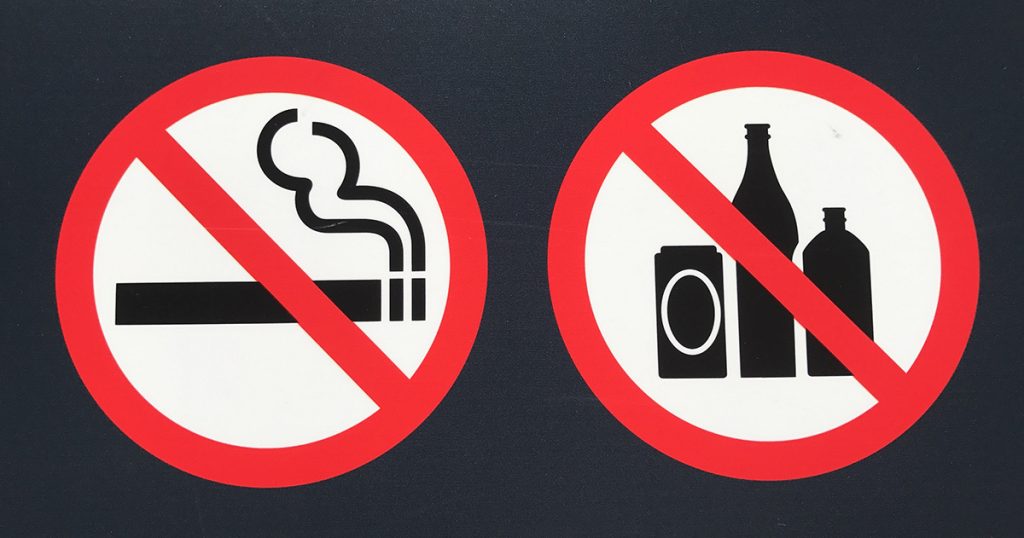
Smoking does a number on your entire body, including your prostate. Smoking increases your risk of numerous diseases and can worsen urinary symptoms associated with BPH. Get advice from your doctor on how to stop smoking.
Excessive drinking is also devastating to your overall health and can worsen the symptoms of BPH. Avoid drinking too much alcohol, and stay hydrated when you do.
3. Exercise and Trim Down

Excess weight worsens BPH symptoms and increases your risk for diseases. A healthy diet and exercise boost your energy, helps you lose pounds and inches, and help improve your prostate health. Strive for a half-hour of moderately intense exercise most days of the week.
4. See Your Doctor for a Screening
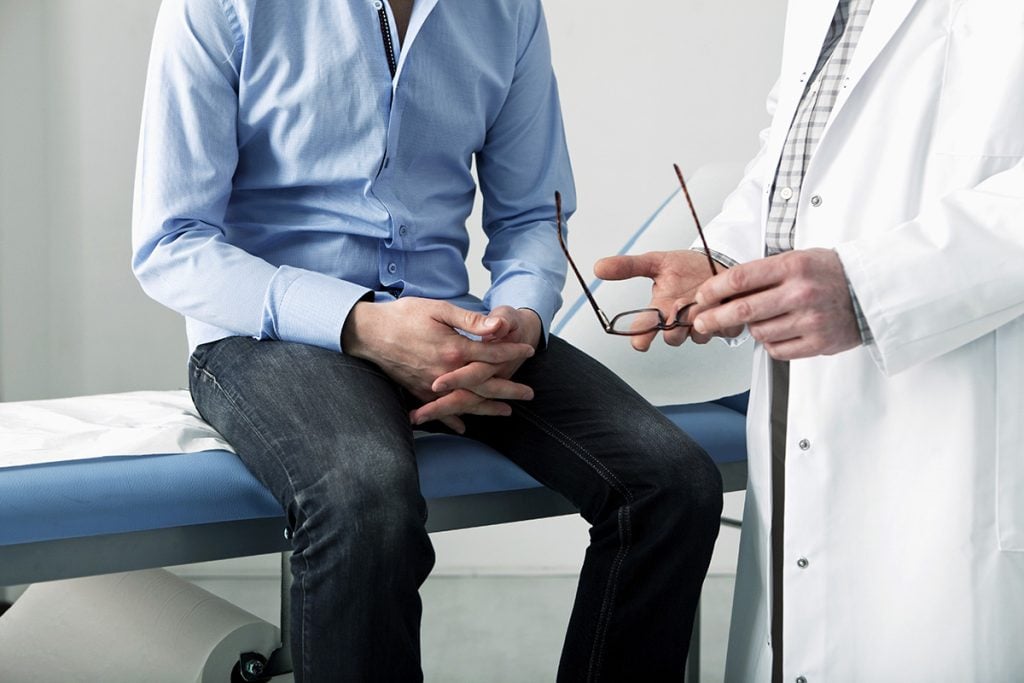
When symptoms of BPH begin to interrupt your life and sleep, it’s time to visit a urologist. He can diagnose your condition and prescribe medication if necessary.
BPH isn’t prostate cancer and doesn’t affect your risk for prostate cancer. (2) But to maintain a healthy prostate, knowing your risk helps you make essential lifestyle changes to reduce it.
A blood test called a prostate-specific antigen, or PSA, can detect markers of prostate cancer long before symptoms occur. Although it’s not always accurate, an annual PSA test goes a long way toward detecting prostate cancer early, increasing the chances of full recovery. A yearly rectal exam, which takes about 10 seconds, helps check for prostate cancer and BPH and can inform you and your doctor about the condition of your prostate.
5. Take Turmeric
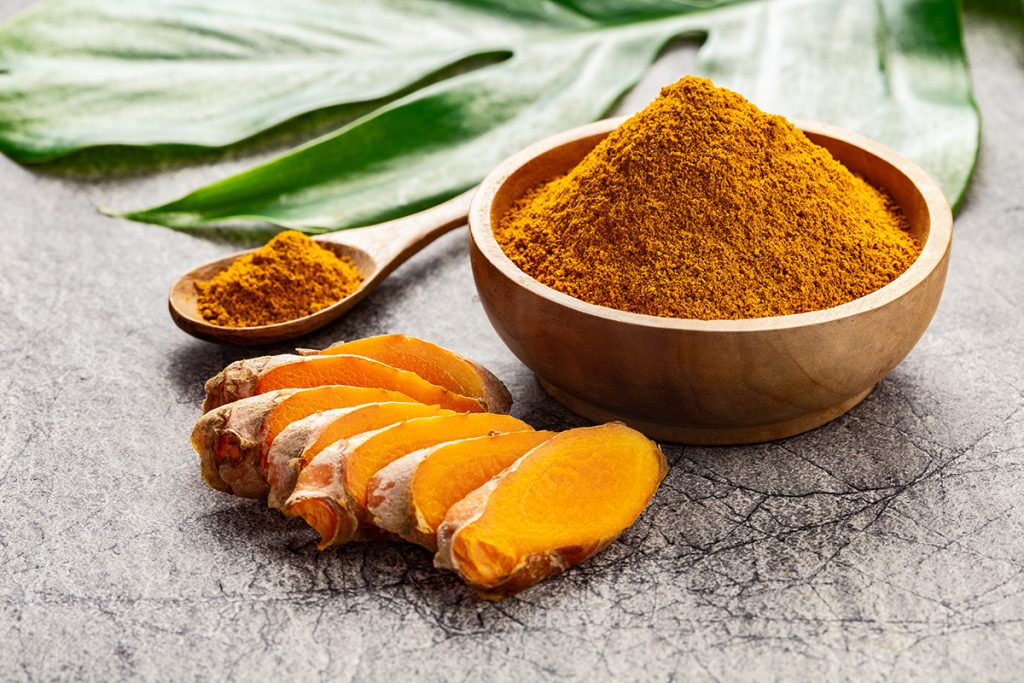
Turmeric is one of the best natural defenses against prostate problems and helps reduce symptoms when they start to show up.*
Turmeric has been used worldwide for its ability to help as an antioxidant, detoxifier, and mood-improving capability.*
Most importantly, in several studies, curcumin—the active ingredient in turmeric—has been shown to reduce symptoms of an enlarged prostate.* 3 Curcumin can help improve urinary symptoms and reduce pelvic discomfort. 4
With 1,650 mg of Turmeric Curcumin Complex and 15 mg of BioPerine®, a pepper extract designed for increased absorption, Dynamic Turmeric is one of the most potent turmeric supplements available today.
Dynamic Turmeric has helped thousands of men, and it could be just what you need to get back to doing the things you love and a great night’s sleep.

Sources:
1. “Does Having BPH Increase The Risk Of Prostate Cancer?”. 2022. Kasraeianurology.Com. https://kasraeianurology.com/blog/does-having-bph-increase-the-risk-of-prostate-cancer.
2. “The Growing Problem Of An Enlarged Prostate Gland – Harvard Health”. 2019. Harvard Health. https://www.health.harvard.edu/mens-health/the-growing-problem-of-an-enlarged-prostate-gland.
3. https://pubmed.ncbi.nlm.nih.gov/22986049/
4. https://pubmed.ncbi.nlm.nih.gov/19181486/


